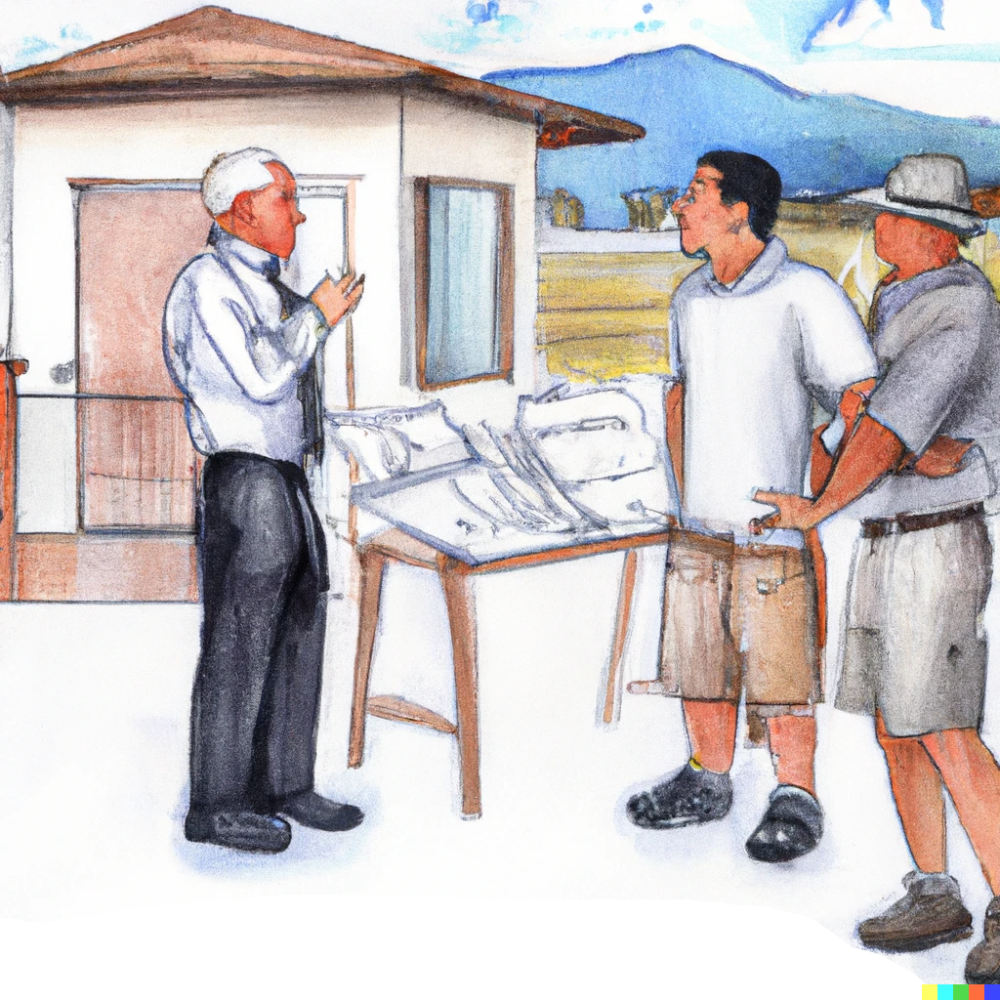Introduction to Conflict Resolution
Construction projects can sometimes be filled with conflicts, but many of these conflicts can be avoided by having clear communication, defined roles and responsibilities, and appropriate conflict resolution techniques outlined in agreements. In this blog post, we’ll go over some key points about conflict resolution in construction projects and the steps that can be taken to resolve disputes.
Understanding Points of View
It’s important to understand the different points of view of all parties involved in a construction project. For example, owners want to make sure that their project is completed correctly, within budget, and on time. Contractors are mainly concerned about getting paid on time and in full. Architects have their own set of concerns, such as creating a portfolio-worthy project and minimizing liability risks. By understanding each other’s goals and motivations, many conflicts can be avoided.
The AIA Documents The American Institute of Architects (AIA) has a set of documents that outline procedures to follow in case conflicts do arise. These documents provide initial steps for conflict resolution that must be followed.
Initial Decision Maker
The first step in the conflict resolution process is to refer the conflict to the initial decision maker (IDM). The IDM’s role is to provide a proposed solution to a dispute about the project. The architect is the IDM unless stated otherwise in Article 6 of A101. It’s important to make sure that all parties are on the same page about the architect acting as the IDM when preparing the contract for construction.
“Construction projects can avoid conflicts by clear communication, defined roles, and appropriate conflict resolution techniques outlined in agreements.”
Mediation and Arbitration
If the decision of the IDM is not satisfactory for one of the parties, the conflict moves on to mediation. If mediation is not successful, the conflict moves on to arbitration or litigation, depending on what was agreed upon among the parties when they signed the contract for construction.
Claims
When discussing claims, they always involve the two parties to the agreement – the owner and the contractor. The architect may also be involved in a claim. For example, if the contractor claims that the architect’s drawing is deficient in a certain area, the contractor will make a claim against the owner, who would then make a claim against the architect. Claims should be made within 21 days of the alleged condition being discovered, and a notice of the claim should be sent from one party to the other, along with a copy to the IDM and the architect, if the architect is not the IDM.
Final Thoughts
It’s important to note that the initial decisions made by the IDM are non-binding. If either of the parties disagree with the decision, they can move on to the next step in the conflict resolution process. Mediation is the next step before the parties move on to the binding conflict resolution method agreed upon in Article 6 of A101. The goal of the conflict resolution process is to provide an expeditious and fair way of resolving disputes that may arise during the course of construction, without going to costly and time-consuming binding needs immediately.
 Copyright secured by Digiprove
Copyright secured by Digiprove 



